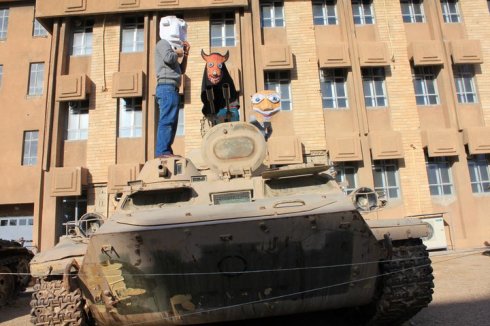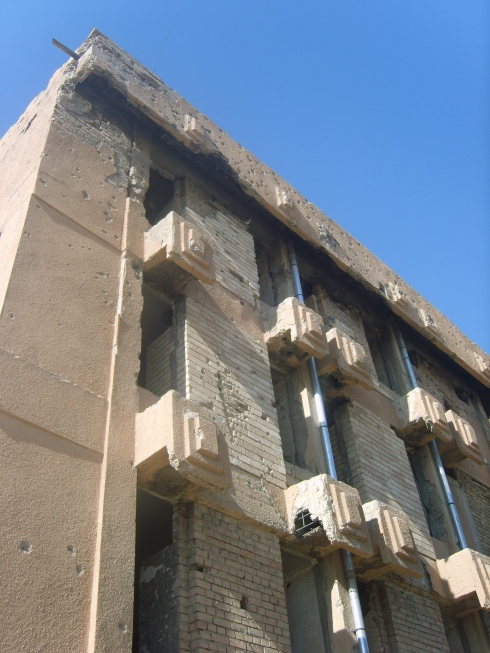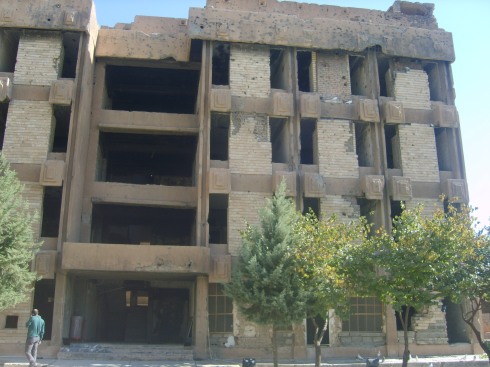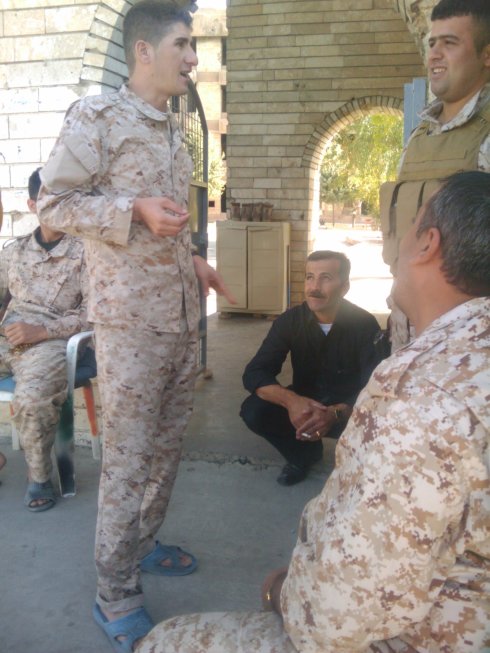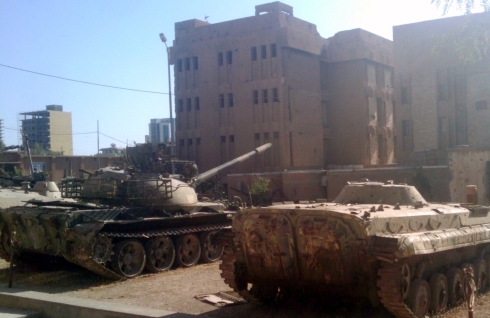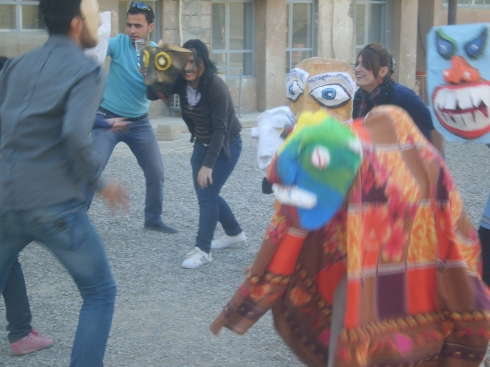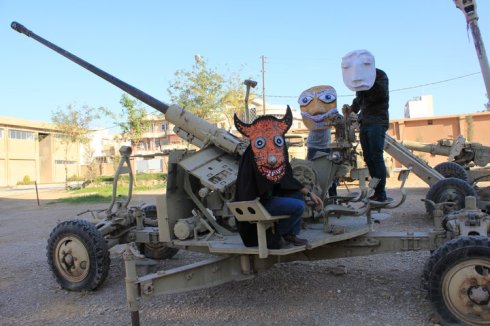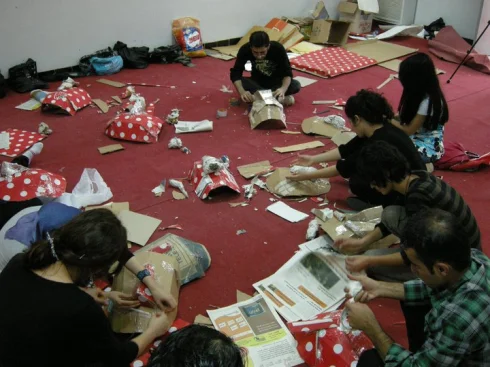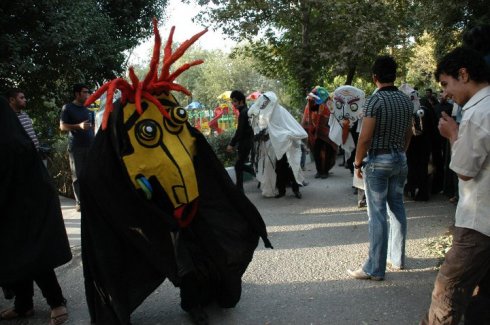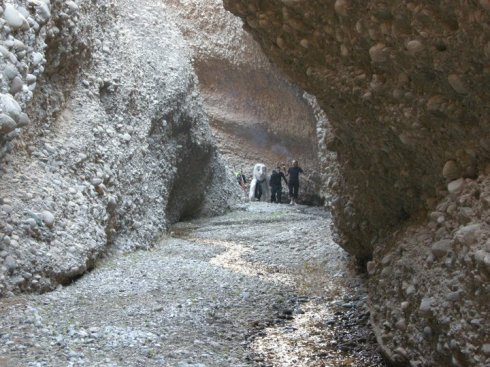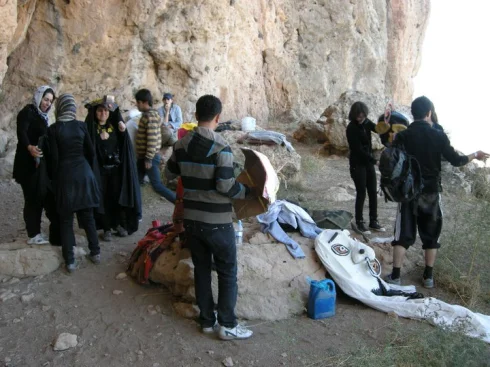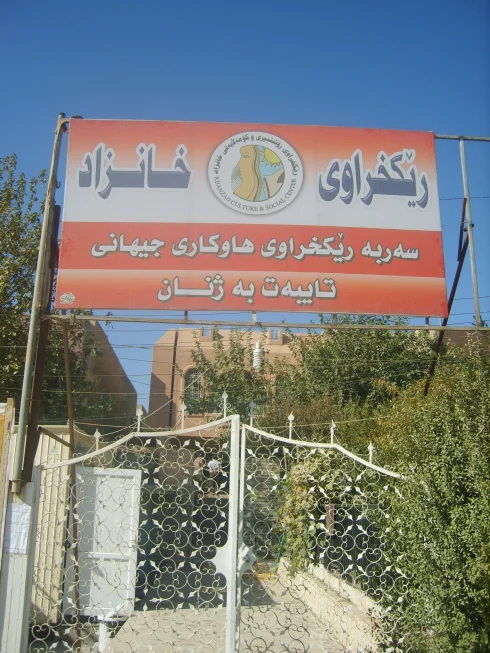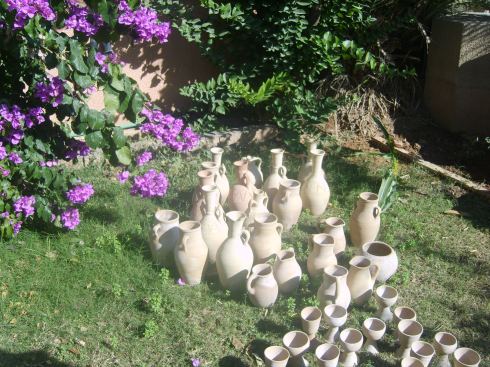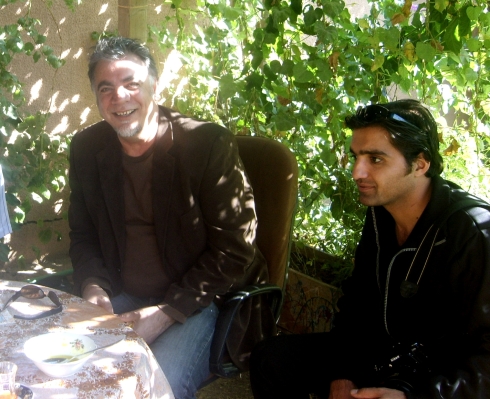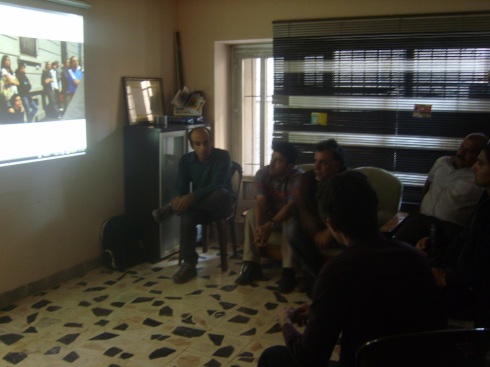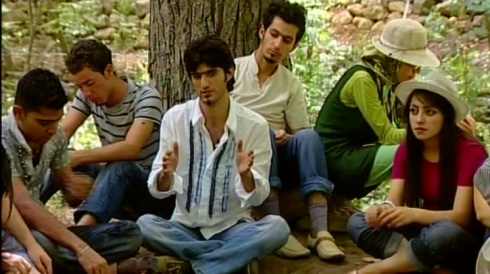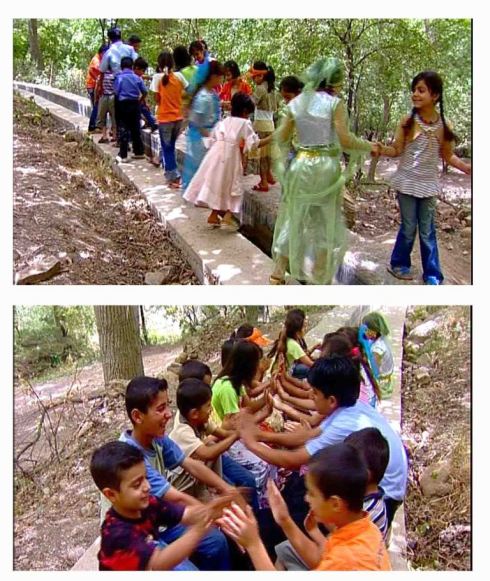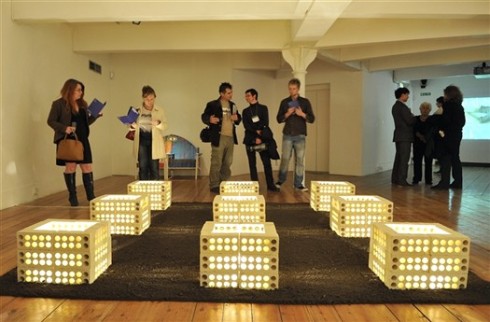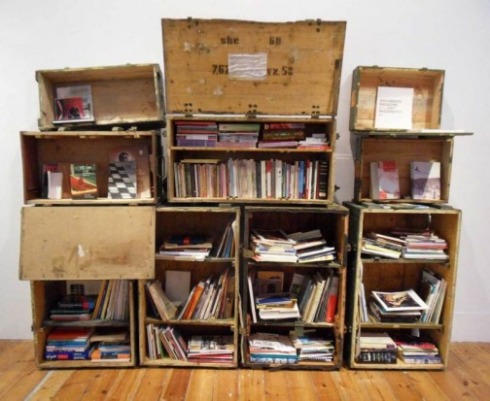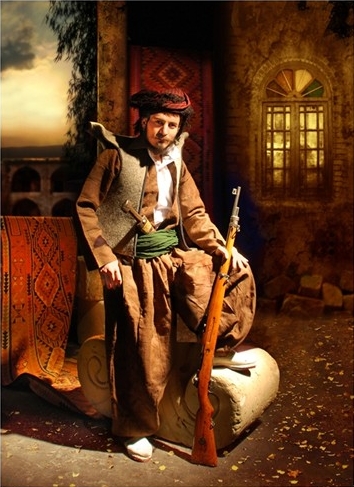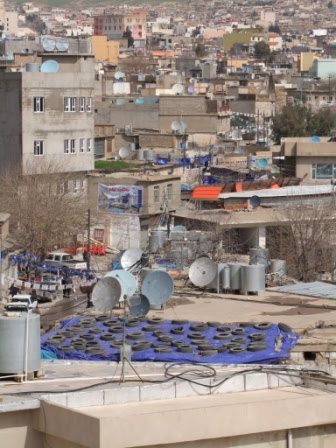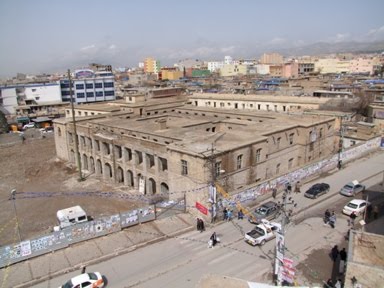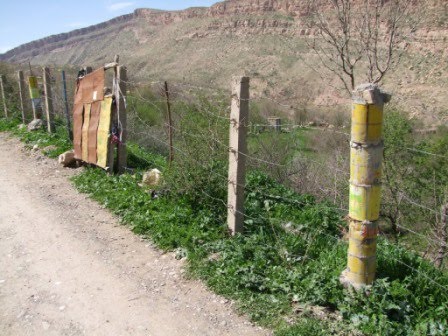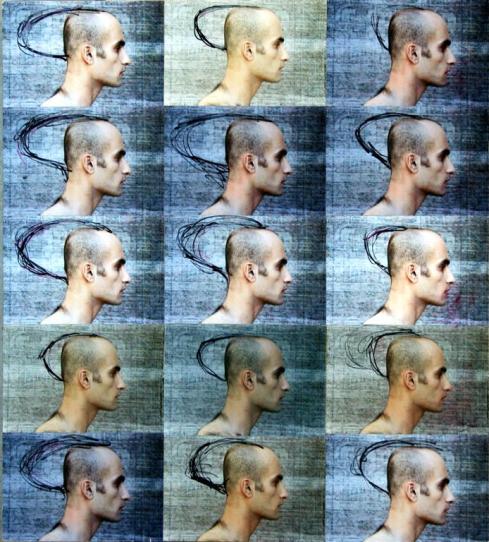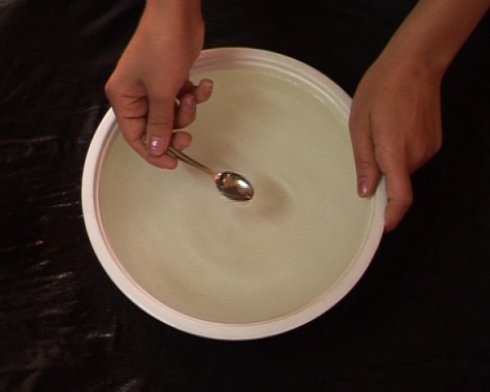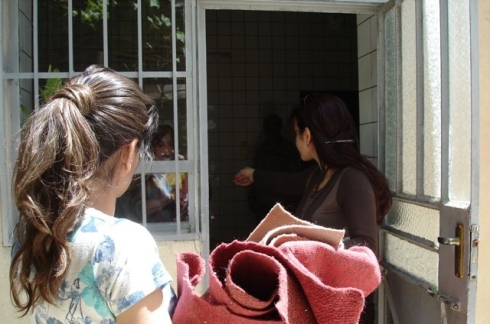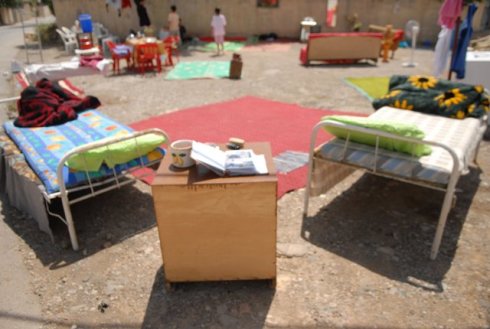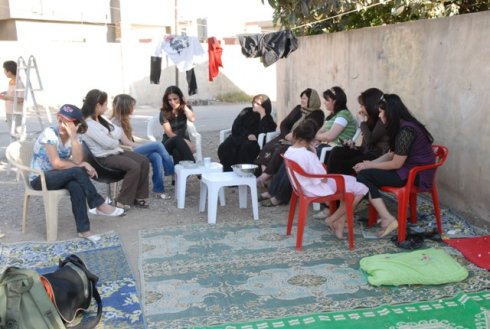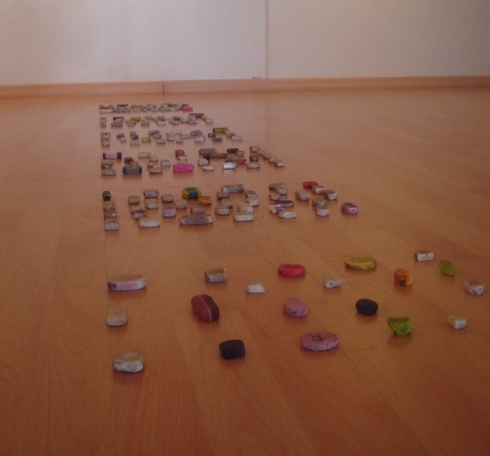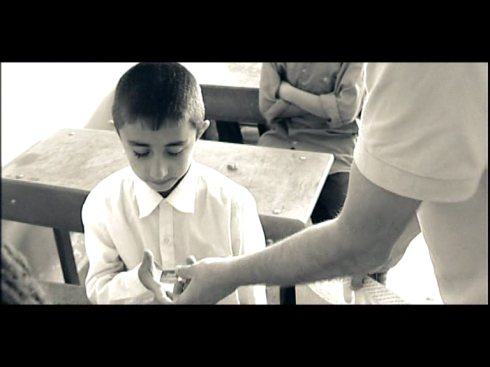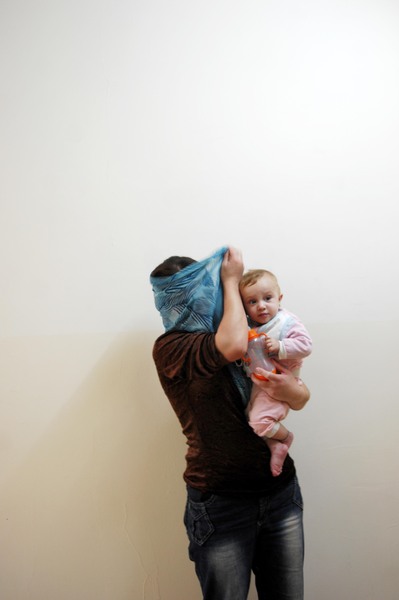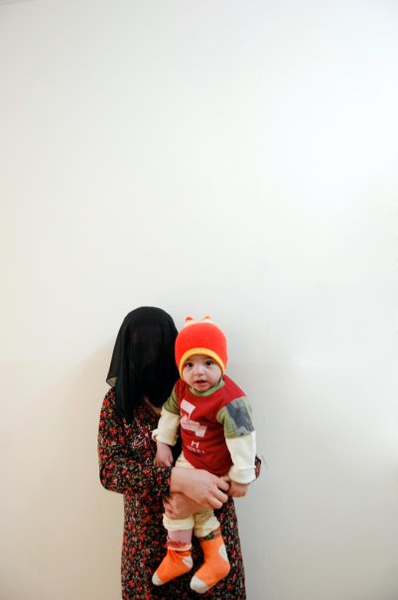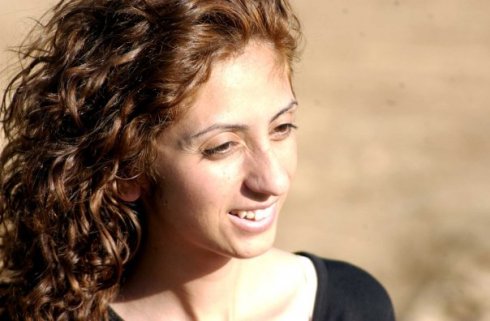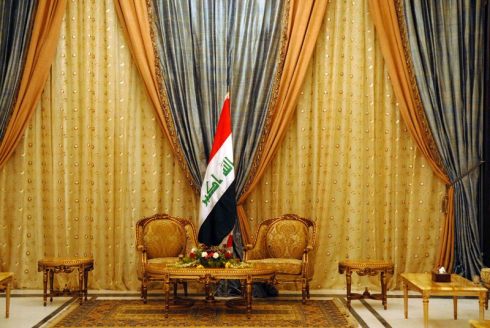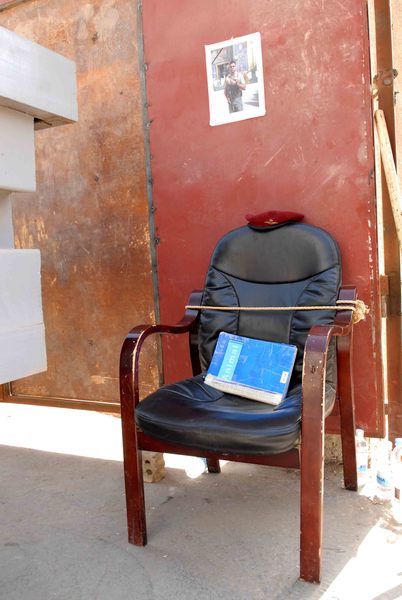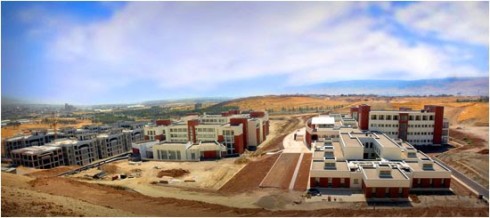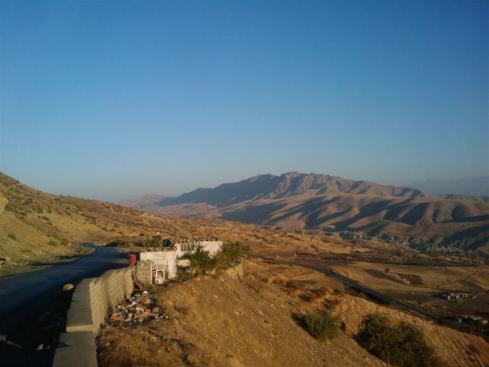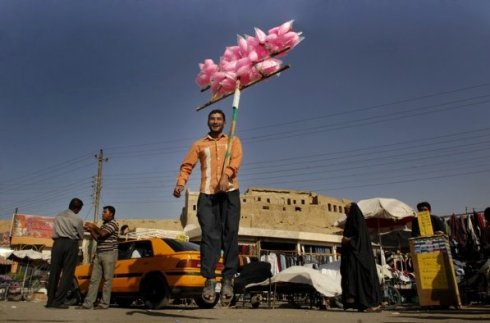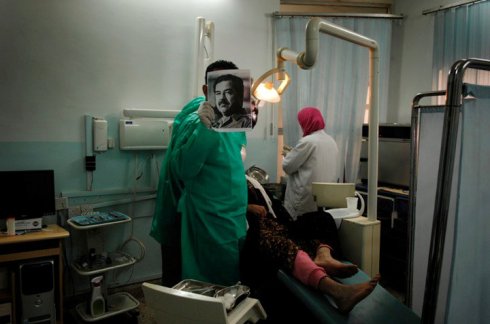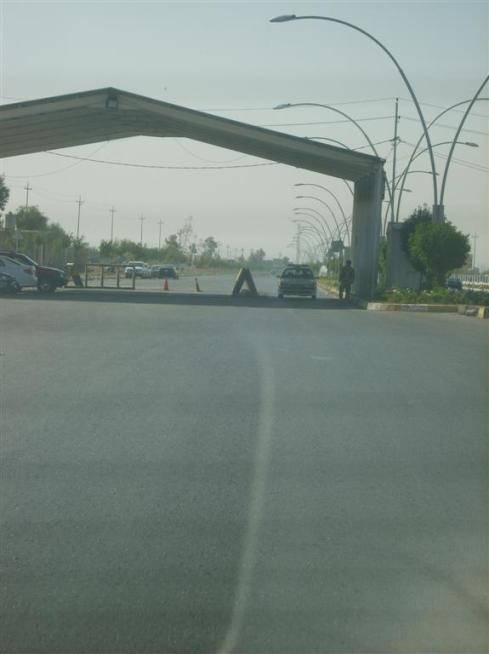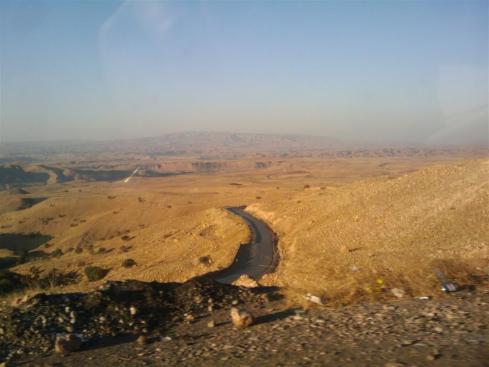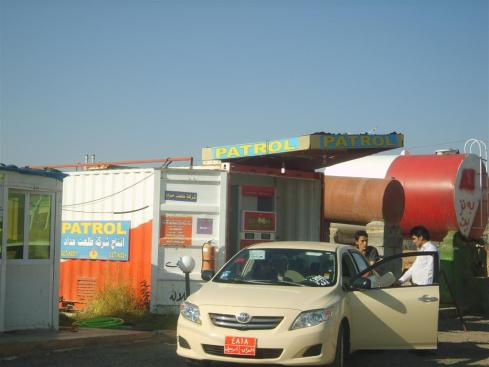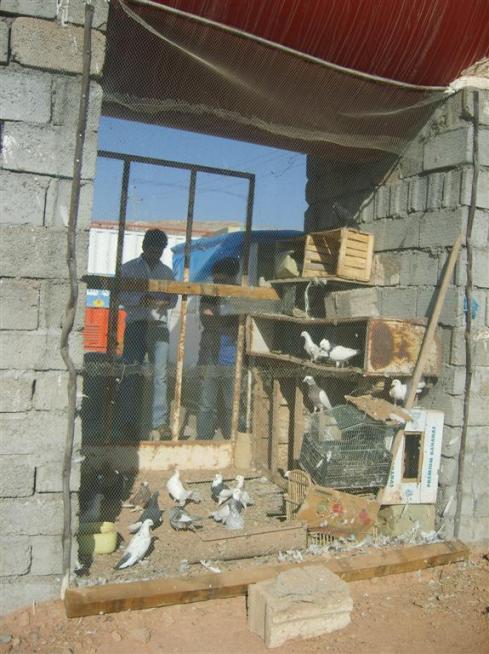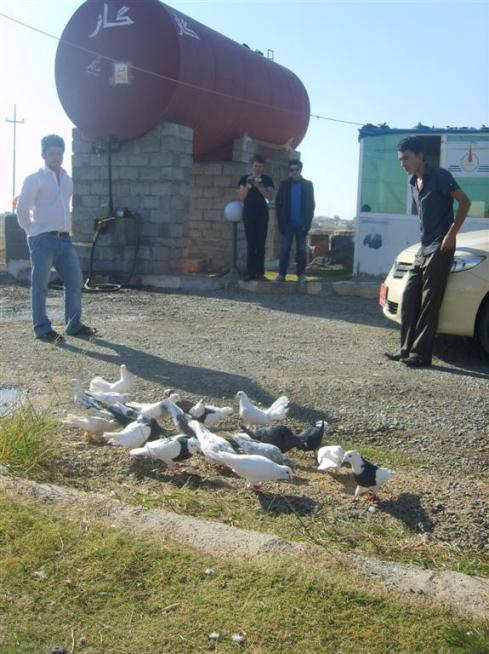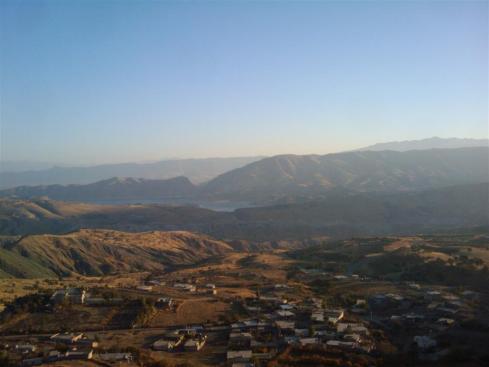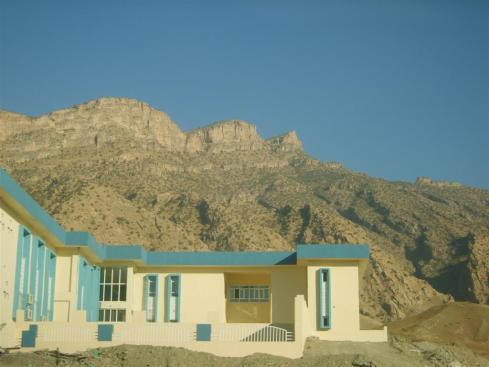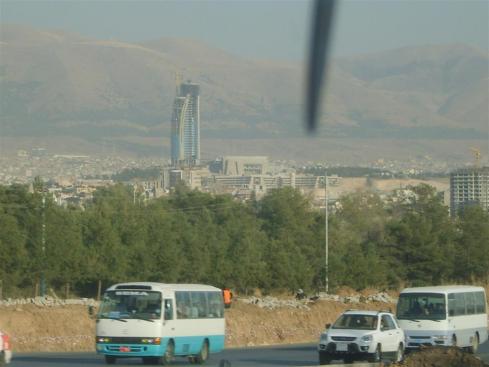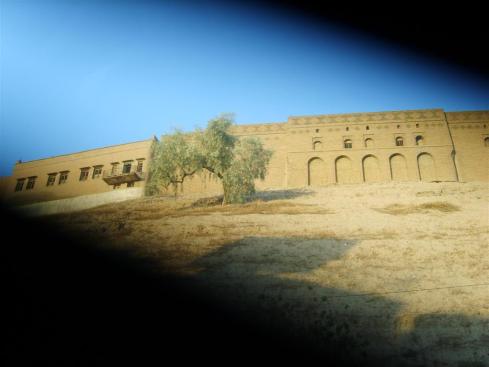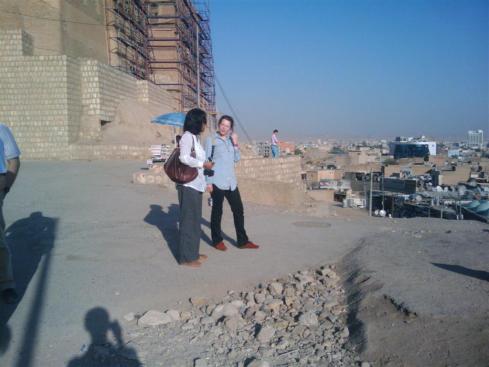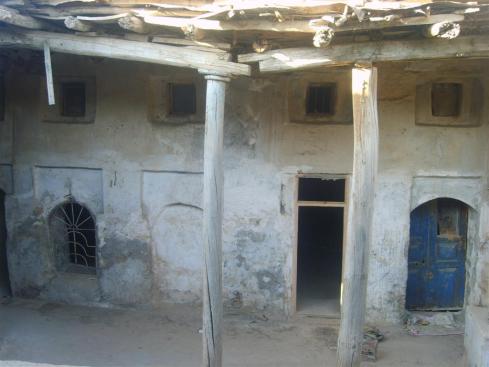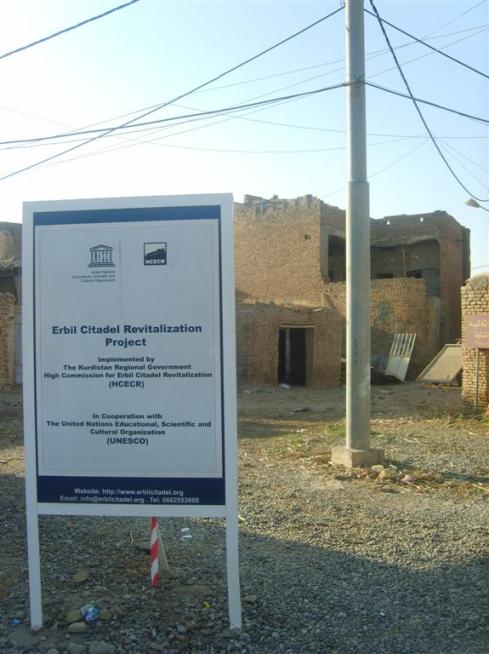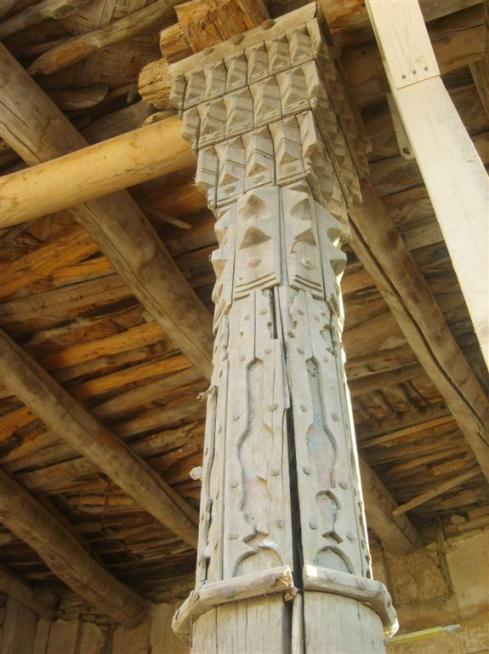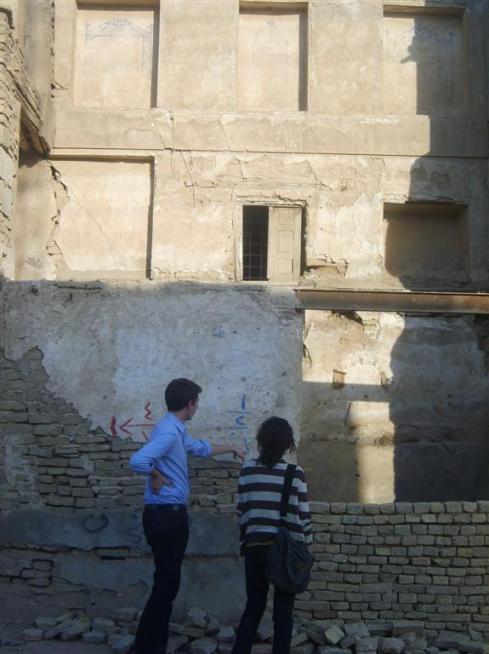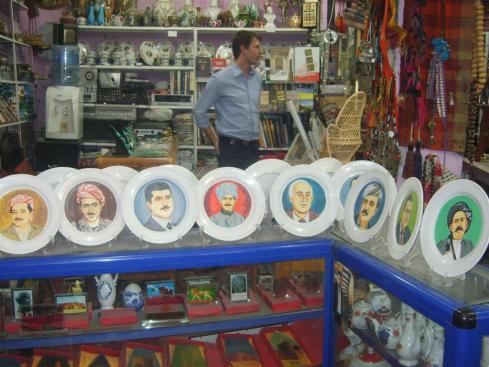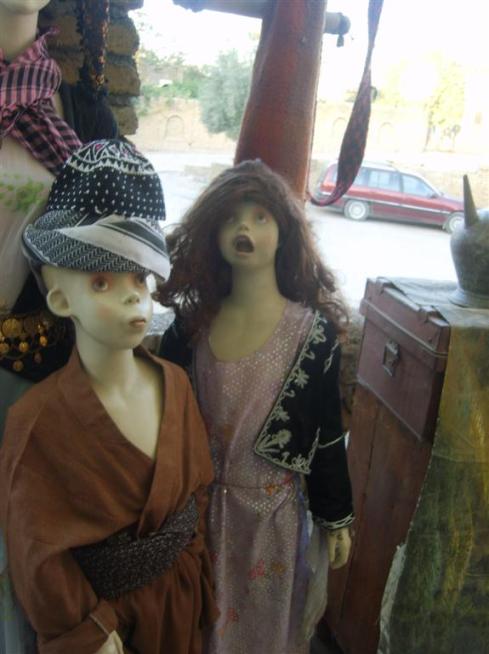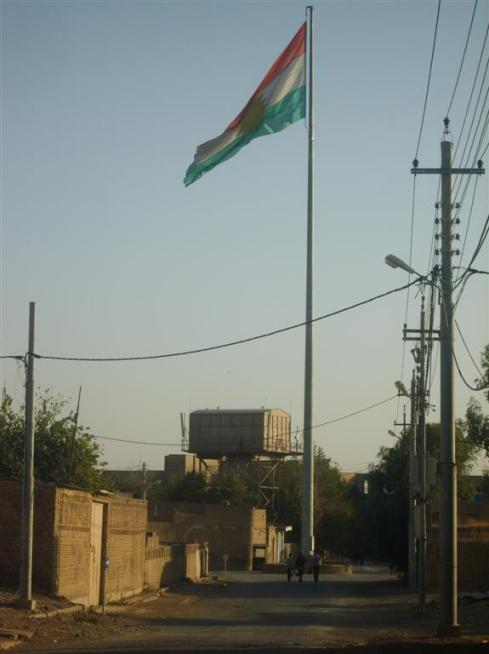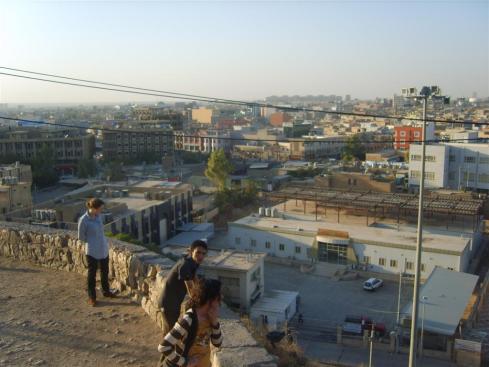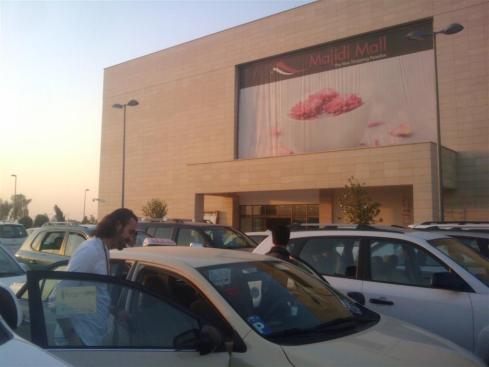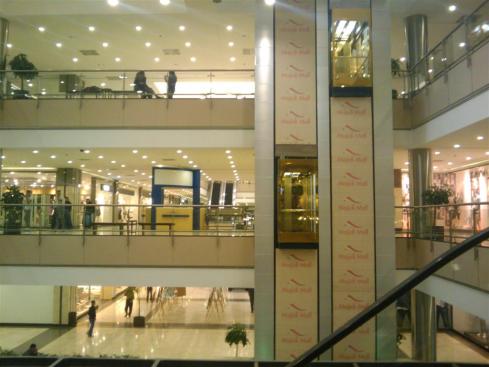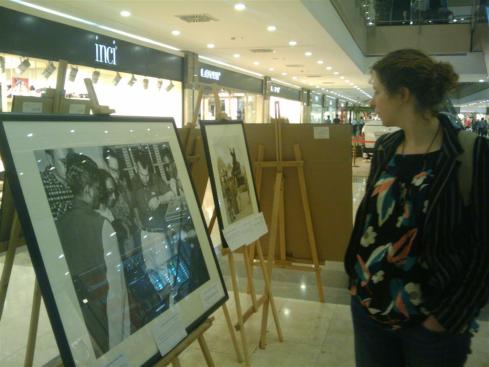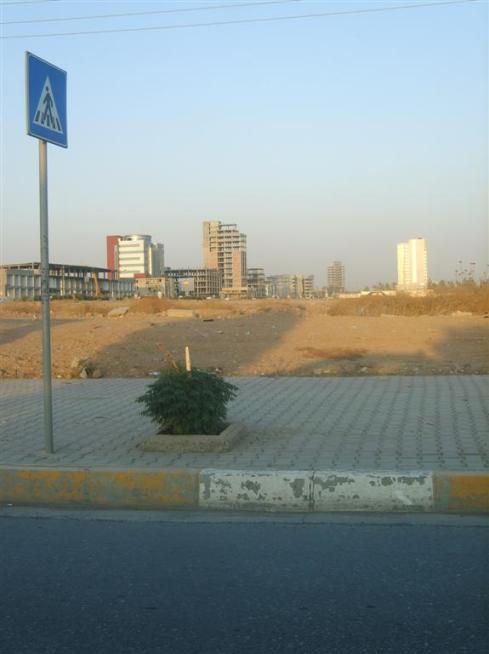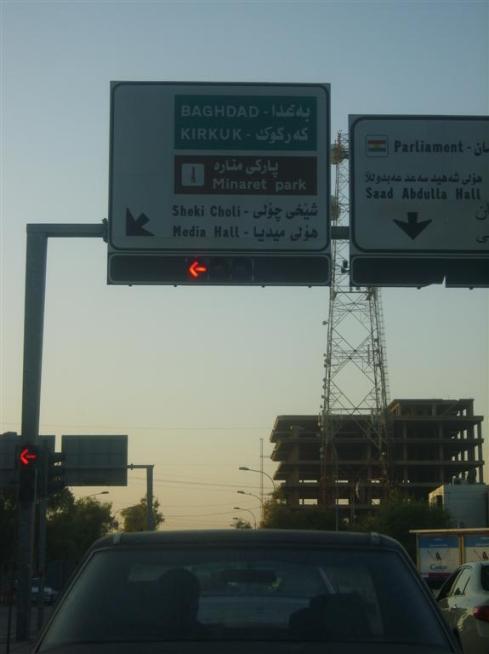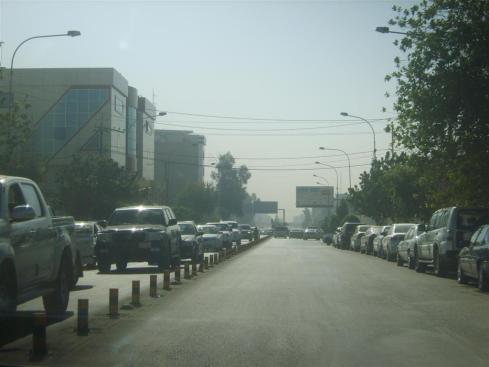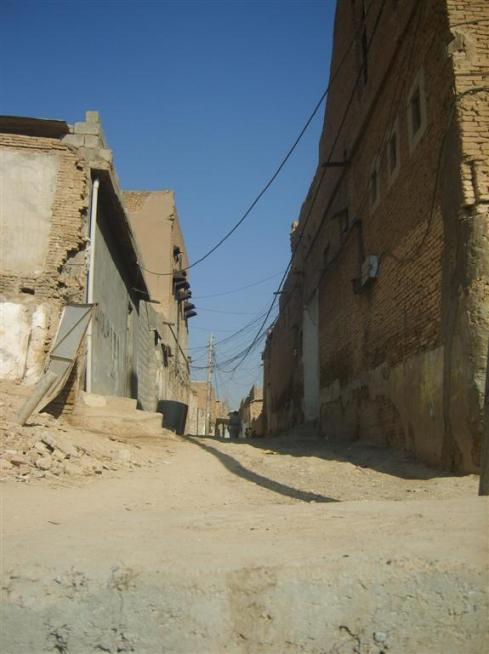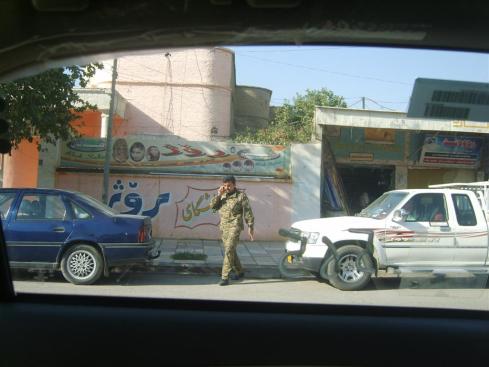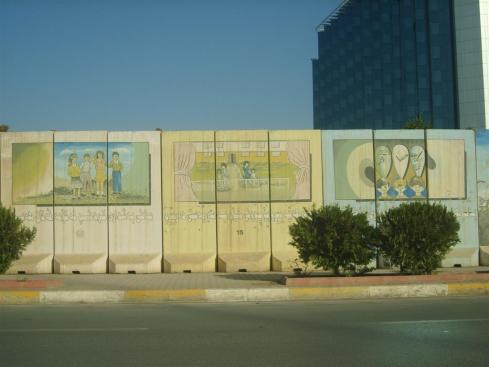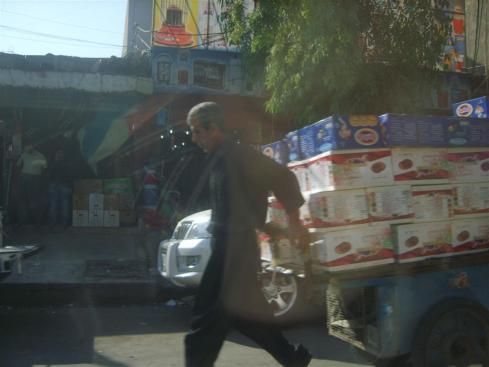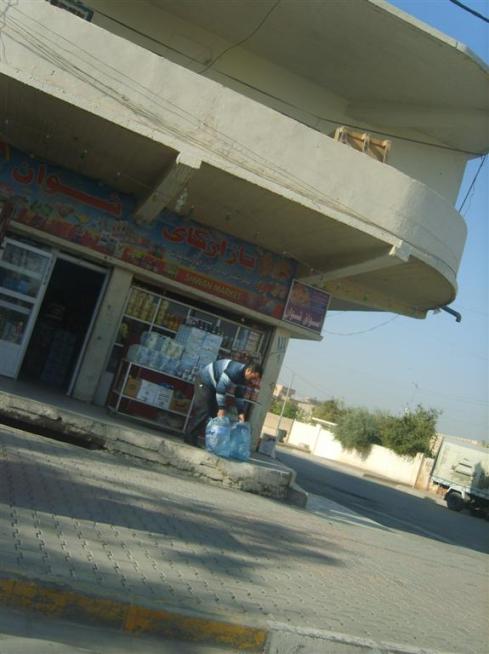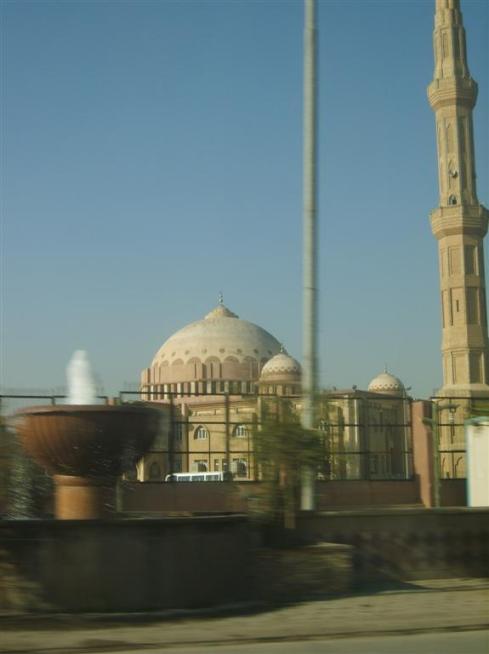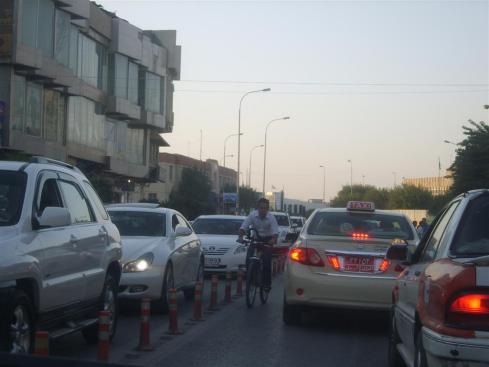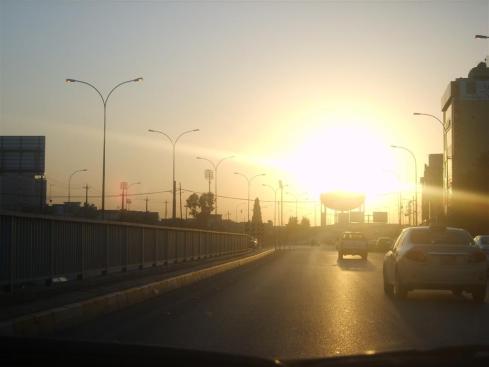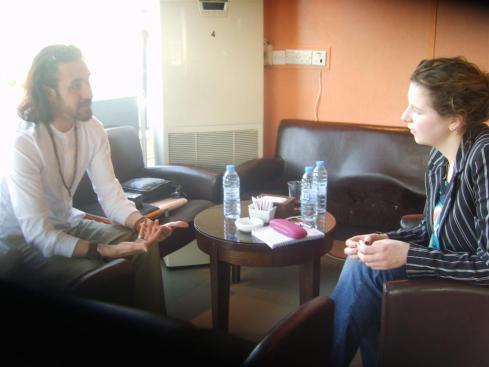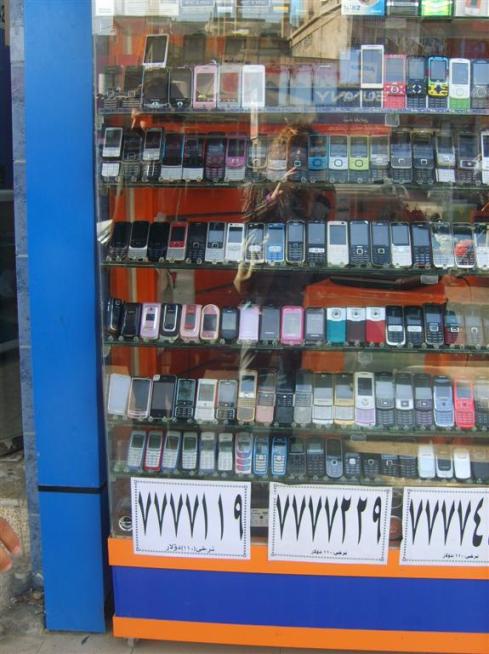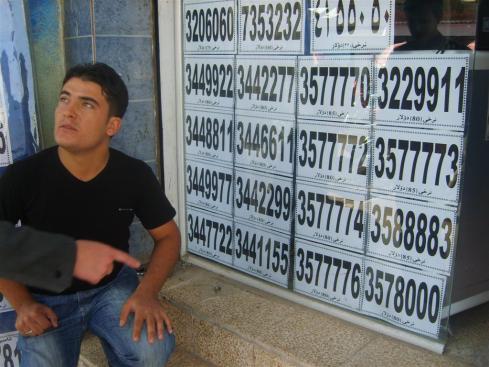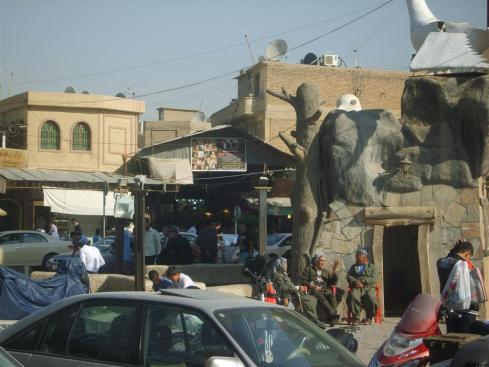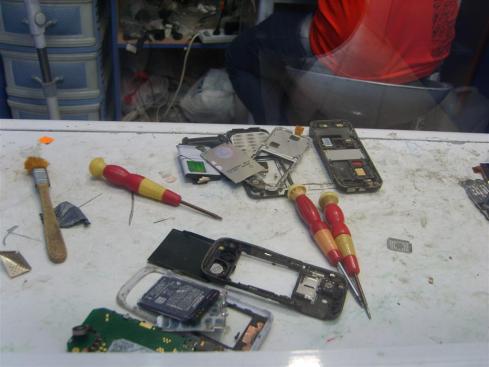After spending the morning at the Khanzad Culture and Social Centre, we headed to the Amna Suraka complex, otherwise known as the Red Jail. The Red Jail was used by the Ba´athists during Saddam’s reign as the region’s security headquarters. The compound today remains as it was after 1991 when the Kurdish Peshmerga army attacked and took over the prison in a two day battle. Since the uprising and the takeover of the Red Jail, its vacant structures have taken on a new role as sort of architectural testament to the past. Groups such as ArtRole have utilized the space for the recent Post-War festival of art and culture, and artists have set up temporary exhibitions and installations inside this symbol of oppression.
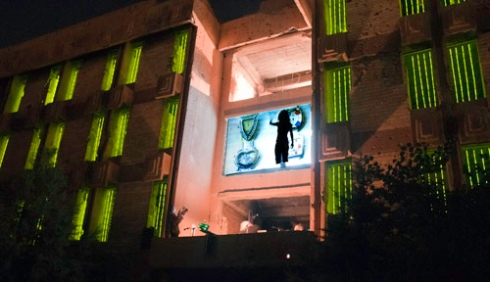
- Post War Festival 2009, Iraqi-Kurdistan by ArtRole: A performance ‘Memory Game’ Adalet R. Garmiany, end of the opening day of the festival. Performers included Richard Wilson, Ann Bean, Miyaka Marita, Liaka Rafik (Adalet’s mother) and about 50 Kurdish students, musicians, ex-prisoners, local people and artists.
Upon arriving at the entrance we were met by a cadre of soldiers who informed us that due to the Eid holiday the complex was closed, and proclaimed that not even the prime minister himself could enter. Thanks to skillful negotiation by Rebeen Majeed a short while later we were allowed to enter and wander around the grounds of the former prison. The hulking modernist structures, are formed of deep red earthen concrete and yellow brick, punctuated by Sumarian inspired imposing geometric patterns protruding above each of the cells. The various facades are riddled with the pockmarks from the shells of the insurrection and seem to stand out like military medals pinned to a uniform, serving as a physical reminder of the violence that occurred in order to preserve the present tranquility. In a courtyard rests a number of tanks and armored personal carriers used by the military under Sadaam, these heavy machines parked in neat rows seem ready to roll out on the streets at moments notice. Their readiness however is belied by the creeping signs of rust, those wrinkles of age that reveal their real state of dormancy and ennui.
Behind the vehicles we ran into Nabil Musa and Zoilo Lobera who were beginning a rehearsal with students from the Institute of Fine Art in Sulaymaniyah as part of the Kurdish Mask and Puppet Exchange. Nabil and Zoilo have a theater and film-making background respectively and are based in Nottingham along with another member of their group Stephen Jon, a professional maskmaker. We talked with them about their project, which began as a desire to return to the north of Iraq and help to foster the burgeoning visual and dramatic art scene. The group eventually found funding from the British Arts Council to support the mask and puppet exchange that collaborates with young people, both male and female, in the region on the design and creation of masks and the development of public performances. They invited us to watch a rehearsal for film they are working on which will take place in a nearby underground cave. Their first performance took place a month ago in the largest park in Sulaymaniyah, where dozens of actors in costumes with handmade mask staged a carnivalesque procession. We watched Nabil and Zoilo help choreograph the new piece, engaging and coaching the young volunteers who enthusiastically participated, crafting their own parts and channeling decades of conflict into mock battles scenes.

